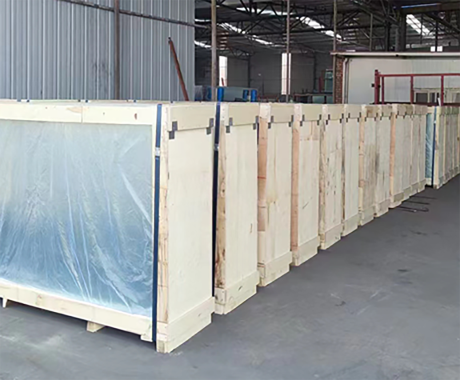

The Allure of Bronze Mirror Glass A Reflection of Elegance and Functionality
Bronze mirror glass has emerged as a popular material in contemporary design, combining both aesthetic appeal and practicality. With its unique reflective properties and warm hues, it serves as an exquisite choice for a variety of applications, from interior decor to architectural elements. This article explores the origins, characteristics, and uses of bronze mirror glass, as well as its impact on modern design.
Origins and Characteristics
Bronze mirror glass, also known as bronze-tinted or smoky glass, incorporates a hint of metallic hue that sets it apart from traditional mirrors. The glass is engineered by depositing a thin layer of metallic bronze onto a sheet of glass, resulting in a product that reflects light while filtering it through a warm, neutral tone. The genesis of this material can be traced back to ancient civilizations, where reflective surfaces were crafted from polished metals and later evolved into glass during the Renaissance period.
The key feature of bronze mirror glass is its ability to create a soft, ambient light effect. Unlike standard mirrors, which can create stark reflections, bronze mirrors provide a more subtle and inviting appearance. This quality makes them particularly appealing in spaces where warmth and depth are desired, such as living rooms, restaurants, and boutiques.
Applications in Design
One of the most prevalent uses of bronze mirror glass is in home interiors
. Designers often integrate it into cabinetry, tabletops, and feature walls to add sophistication and elegance. When used in a dining room, for instance, bronze mirror panels can enhance the dining experience by reflecting candlelight, thereby creating a warm and intimate atmosphere.
In addition to residential spaces, bronze mirror glass has made its mark in commercial design. Many upscale restaurants and hotels utilize this material for walls and ceilings, contributing to a lavish yet comfortable environment. Moreover, its durability and resistance to tarnishing make it a practical choice for high-traffic areas where both form and function are essential.
Aesthetic Considerations
The visual allure of bronze mirror glass goes beyond its reflective qualities. The warm tones can complement a wide range of design styles, from modern minimalism to more traditional aesthetics. When paired with natural materials such as wood or stone, bronze mirror glass creates a harmonious balance that elevates the overall design narrative. Furthermore, it can be utilized in various finishes, from polished to matte, allowing designers to tailor the material to their specific vision.
In terms of color psychology, the warm hues of bronze evoke feelings of comfort and coziness. This characteristic makes it an ideal choice for spaces meant for relaxation and socialization. By incorporating bronze mirror glass, one can transform an ordinary room into a welcoming haven.
Conclusion
Bronze mirror glass is more than just a functional material; it is a design statement that reflects elegance and sophistication. Its unique properties and aesthetic versatility allow it to shine in a myriad of settings, whether in a chic urban apartment or a high-end restaurant. As architects and designers continue to explore innovative applications for this striking material, it is clear that bronze mirror glass will remain a popular choice for those looking to add a touch of warmth and luxury to their spaces. Ultimately, it is a testament to the timeless appeal of reflective surfaces and their ability to enhance both beauty and functionality in the world of design.